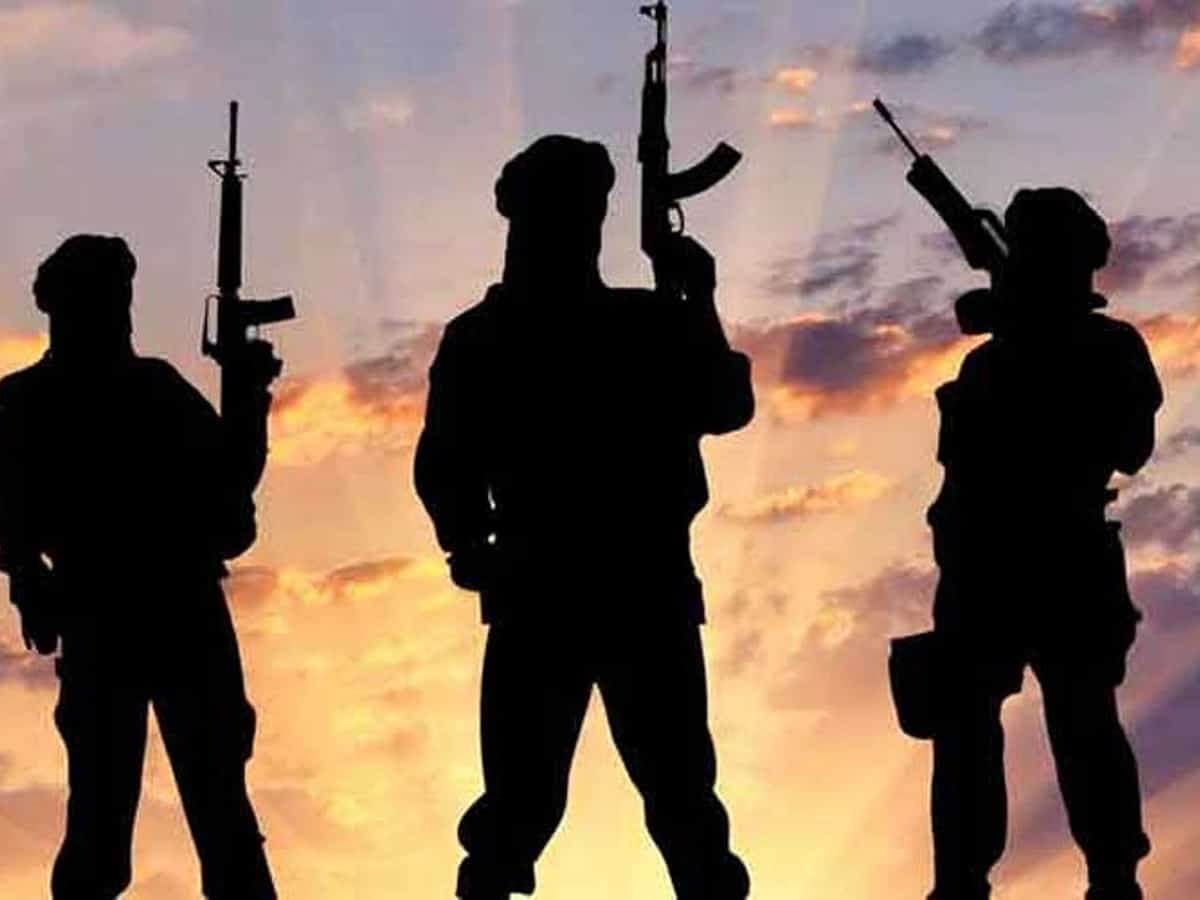
The headlines on Friday when the Council of Foreign Ministers of the Shanghai Cooperation Organisation ( SCO) met in Goa India, changed quickly. The killing of five soldiers in the Kandi area of Rajouri, a border district along the Line of Control in Jammu and Kashmir, in an encounter with the terrorists who had attacked an army vehicle and killed five soldiers on April 20 in the same belt, altered the headlines. The dateline also shifted from Panaji to Panaji to Rajouri. The SCO meet and its conclusions, which could have been the banner headlines were diluted as the killing of soldiers made it to the headlines in a way that no one had anticipated.
This change in headlines substantiated the Indian view that how terrorism was keeping it away from direct or indirect talks with Pakistan in resolving issues between the two countries bilaterally. Foreign Minister S Jaishankar did not mince words in calling out his Pakistani counterpart Bilawal Zardari Bhutto as the “spokesperson of industry of terrorism, the mainstay of Pakistan.” He underscored his message in the phrase, “The victims of terrorism and perpetrators of terrorism cannot sit together”. This was a clear message to Pakistan that it cannot hope India to talk and improve ties while terrorism from across the border continued to bleed the country. The killing of five soldiers on Friday in Rajouri lent strategic, diplomatic, and political meat to this assertion.
Bilawal Zardari Bhutto, who projected himself as the son of Benazir Bhutto who was assassinated by terrorists in December 2007, tried to convince the SCO and India, in particular, that Pakistan also is a victim of terrorism, and it has suffered the maximum number of casualties due to acts of terror. It is a fact but this doesn’t grant Pakistan a license to export and unleash terrorism in India. The real victims of terrorism empathize with the fellow victims, not inflict terrorism on them.
This is not the first time that the headlines changed in this manner. At a time, way back in December 2015, when it was hoped that a new chapter of friendly ties between India and Pakistan might open with the Indian Prime Minister Narendra Modi visited Lahore, to meet his Pakistani counterpart Nawaz Sharif, things turned sour with terror attack on Indian Air Force Station in Pathankot. This was like the Lahore turned Kargil moment during the Vajpayee era in 1999. The headlines don’t change for days or weeks, but these leave a legacy of chilling reminders of what had happened. These are dark spots in the history, which cannot be obliterated. These spots have an unfortunate tendency to recur as necessary lessons are not learned in time, and the temporary wake up calls turn into sleepwalking after few weeks or months.
As the operations are underway to trace and neutralize the terrorists who mounted these attacks, it is hoped that the army would be successful in neutralizing the terrorists involved in these two incidents, in which 10 soldiers have died with zero casualty on the other side so far. This is a very heavy toll, as it is far beyond the normal and acceptable ratio; one to four. That is four terrorists against each soldier. By that count, the number of terrorists killed in these operations should have been 40. But there are certain constraints. It is not always possible to maintain this ratio as the situations and terrains are difficult. The army has an added constraint, it has to navigate its operations without causing collateral damage – no civilian casualty is the mantra. There may be an argument that how could there be civilian losses in high and rocky terrains, but this is not the case. During this time of the year, shepherds are in the upper reaches with their herd. The gunbattles and operations restrict their movement and they have to stay within specified spaces. This is the geographic challenge.
The nation is waiting for the outcome of the ongoing operations in the mountains dotted with dense forests. That will add yet another headline. The real threat of headlines of this nature is that they overshadow the rest of the stories emanating from the ground. Positive optics take a back seat not only in the captions and headlines but also in the minds of the people.

